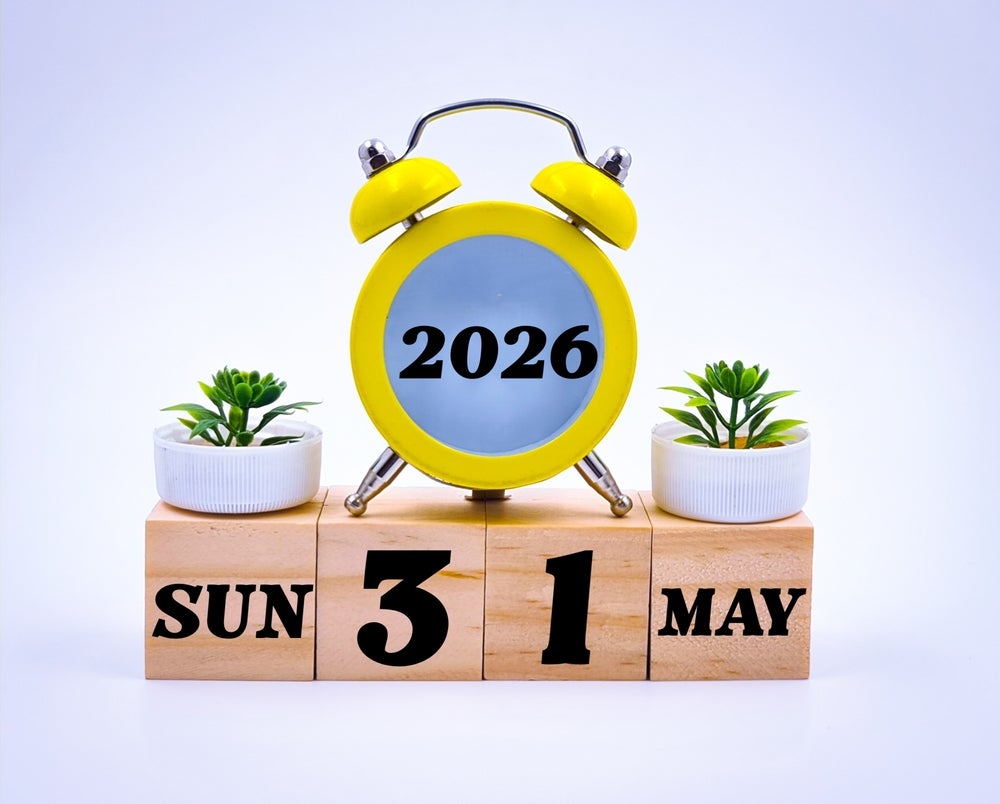
Since lockdown restrictions have eased, the used car finance sector has been an area of surprising growth and resurgence.
The Covid-19 pandemic has affected every business sector, but as we came out of lockdown some industries immediately enjoyed a resurgence.

Access deeper industry intelligence
Experience unmatched clarity with a single platform that combines unique data, AI, and human expertise.
“The used car market has been extremely buoyant since initial lockdown restrictions lifted,” says Tim Smith, Head of Black Horse Distribution. “This may be due to a combination of factors, including pent-up demand, financial support consumers have received through government support, and a move away from public transport due to concerns over virus transmission. OEM production capacity constraints, the associated long lead times, and a shortage of stock of new vehicles is likely to be a contributing factor to consumers buying used vehicles, with new vehicles experiencing the weakest September market in 20 years.”
Indeed, the market has actually been demonstrating growth compared with last year, with the consumer used car finance market showing 2% growth in new business by volume and 10% by value in August 2020 compared with August 2019. This is despite new business volumes falling by 22% over the previous eight months compared with the same period last year. This is compared with the new car finance market, whose volumes were 1% lower in August than in August 2019, and whose value only grew by 5% over the same time.
Used car sales have indeed seen an encouraging bounce-back once initial lockdown measures were lifted, with customer interest turning into action thanks to dealer finance continuing to support dealers whilst other competing sources of lending have seen restrictions.
This positive approach to dealer finance, and its ability to facilitate sales, has been crucial for the sector, but the key now is to demonstrate how this approach can pay long-term dividends. John Hughes, managing director of Mann Island Finance, explains, “In late September, Moneyfacts reported that ‘since April getting accepted for a personal loan has become significantly harder’. Since June, at Mann Island, we have written record volumes of finance, primarily in the used vehicle sector. There has been a healthy trend by dealers to use finance as a marketing and closing tool with competitive rates being offered; the net result has been a significant increase in used car finance volumes.”

US Tariffs are shifting - will you react or anticipate?
Don’t let policy changes catch you off guard. Stay proactive with real-time data and expert analysis.
By GlobalDataThe availability of finance has been important but is still only one of the factors that have been integral in the good performance of the used car finance sector post-lockdown.
“The used car sector has been particularly strong in sales of smaller, more economical, cheaper cars,” Smith tells us. “Running parallel we have also seen older cars becoming more popular. The overall picture appears to be one of consumers looking for a solution they feel safe with in response to current health concerns, but also perhaps having some worries about the uncertain economic outlook. New car sales currently vary by franchise, but consumers may lack the confidence to commit on a larger financial scale, and may also be considering which fuel option will be best. Current economic confidence could mean the decision is delayed and a used vehicle becomes the holding position.”
To build on these opportunities, however, Hughes believes the used car sector needs to leverage its advantages of finance availability and competitive pricing to ensure the future of the used car retailing model, especially with the added aid of a healthy increase in chassis prices driven by high buyer demand and limited supply as he concludes.
“Higher prices for cars have broadly been offset in monthly cost terms for consumers by the lower APRs dealers have typically been using in their promotional activity,” Hughes says. “As a result, finance penetration has been rising with dealers earning a little from a broader pool of customers. It is an approach that works for all parties in the short and long term as we approach FCA changes for motor finance.”
“The sector remains dynamic and resilient,” Smith adds. “Disruptors are very interested in it because it’s a great market, but traditional dealers are already responding and driving change themselves in many cases, utilising the logistical advantages they can offer in addition to purely digital channels.”
The Future is Transparent
There are several possible routes towards building on the opportunities provided by the post-lockdown bump, but a recurring theme among all the industry leaders we spoke to is the increasing importance of transparency.
“There are many opportunities, but competition will drive even greater transparency as dealers make it simple for people to buy cars and understand the process. A completely transparent omnichannel approach will fit well with dealers and customers meaning greater confidence, more satisfied customers and more sales,” Smith tells us. “This coincides with a big opportunity in digitisation. Covid-19 has been an accelerator for both incumbents and new entrants as consumers have embraced digital adoption in car buying, often still linked with physical experiences. However, the balance has shifted.”
Transparency is going to become an even greater priority in the face of upcoming regulatory changes from the FCA, as Tara Williams, managing director at i-Comply, explains, “Dealers should look to the forthcoming FCA changes to motor finance as a promotional and profit opportunity and energise their used car finance approach to realise. Compliance and bottom-line improvement can go hand in hand.”
“On January 28th, a new regime for finance pricing and a more stringent regime of commission disclosure will commence. The trends we have seen over recent weeks provide a positive illustration of how the post-January 28th car retail landscape could look,” Hughes says. “I, for one, am positive that the message of finance availability, competitive, transparent car and finance pricing, along with fair treatment can serve the sector well thus increasing customer trust, enhancing retention with lower acquisition costs and establishing a lasting role for finance as a profit centre.”
Opportunities within the used car finance sector include a chance to increase used car finance penetration, which has been modest across the industry until now. Increasing transparency will also help to break some of the negative trust perceptions which research has often noted around dealer finance. The industry will also be able to leverage finance more actively as a promotional and profit opportunity.
Williams believes much of the industry has moved on from simply servicing the needs of ‘captive’ customers who need finance to buy a car, but is clear that any legacy issues about finance need to be addressed. Primarily, these include optimising finance income per transaction and a light touch on transparency.
“There is nothing wrong with finance as a profit centre, provided it is achieved whilst delivering the good customer finance outcomes sought by the regulator,” Williams says. “We already see excellent examples of how a positive and proactive approach to used car finance can enhance the customer experience and deliver good outcomes for customer and dealer alike. Transparency can really lift the veil off negative perceptions held by some people about dealer finance.”
To meet the growing requirements of the FCA, MotoNova has devised their MotoRate risk-based pricing system, which currently serves nearly 2,000 dealers.
“While we recognise that the used car market has performed well since initial lock-down measures were eased, we can be confident that used car finance growth of over 70 per cent represents a very significant improvement in used car finance performance,” says MotoNovo’s Deputy CEO, Karl Werner. “The dealers who have switched to MotoRate are demonstrating just what is possible with a fresh new, FCA compliant pricing models and are tapping into a significant opportunity.”
A consistent 70% increase in sales through MotoRate is impressive, showing the value of transparency and the opportunities that lie ahead for the industry sector as used car sales significant exceed the new car market.
The Society of Motor Manufacturers & Traders (SMMT) reported that there were 7.9 million used cars bought in the UK and a little over a million new cars purchased by private buyers in 2019. However, while new car finance penetration of retail sales that year was 91.7%, according to the FLA, used car penetration was typically only in the 20 – 40% range. This penetration range has been a long-term trend with some outliers above this level, but plenty more operate below it.
“The data on car sales and new car finance data crystallises the available opportunity gap. We are talking about the potential to gain many thousands of incremental used car and van finance sales,” Werner says. “Where dealers can be encouraged, with MotoRate we are demonstrably helping dealers to start realising this opportunity with a financing approach that delivers good outcomes for customer and dealers alike; The considerable improvement shown by dealers using MotoRate is due to the way in which MotoRate works.
It enables dealers to advertise and promote more competitive and relevant rates to customers driving enquiries to the dealership. This promotional offer is then coupled with a highly efficient showroom and/or online customer journey from quotation to acceptance, turning the enquiry interest into cars sold. Everything is highly transparent.
In addition, it has been evident that the vast majority of dealers are eager to embrace the changes the FCA are seeking and the success of MotoRate is due in no small part to the proactivity and engagement of the dealers that have bought into its ethos and operating processes.”
Preparing for the Next Wave
Moving forward, while things are looking optimistic for the used car finance sector, there are still risks to bear in mind.
“We have learned an awful lot from the lockdown and the infrastructure is there if needed again. The financial toll, of course, deepens if we have to face into another retail lockdown and this will be tough for everyone, not just the used car market or the motor sector,” Smith points out. “At Black Horse, we have worked hard with our dealer partners to look after customers through these uncertain times, and that puts us in the best possible place if things do get tougher.”
While it’s hard to predict just what will be happening with regards to the pandemic and the government response to it, the industry can at least position itself to make the most of the opportunities presented by upcoming FCA changes. While the FCA Policy Statement on the final rules for motor finance include a comment about the need for ‘minor changes to some of our rules and guidance,’ since the FCA has also highlighted the existence of poor disclosure practices, dealers should dismiss the idea that minor changes are all that is required; not least of all because this would risk missing the used car finance openings available in promotional and profit terms.
“A root and branch change by many dealers when it comes to used car finance will serve them well. It will address the potential ‘pain’ of compliance failures and breaching SM&CR requirements,” William says, referring to the Senior Manager Certification Regime due to come into force from March 31st next year. “Equally, it will support the ‘gain’ of increased finance income achieved by increasing overall finance penetration. Just ‘tweaking’ an existing approach risks falling short on both counts.”
Before we enter next year, however, some people are still advising caution with regard to how the sector will fare through the winter months.
“Everyone has been pleased with the way the market has come back after the first lockdown, with a V-shaped profile,” Smith says. “However, there is uncertainty as government support subsidies come to an end, and we enter the winter months with the threat of Covid-19 still present. The sooner we have more certainty on the key variables affecting the industry and wider economy, the greater likelihood we can keep up the post-lockdown momentum.”







